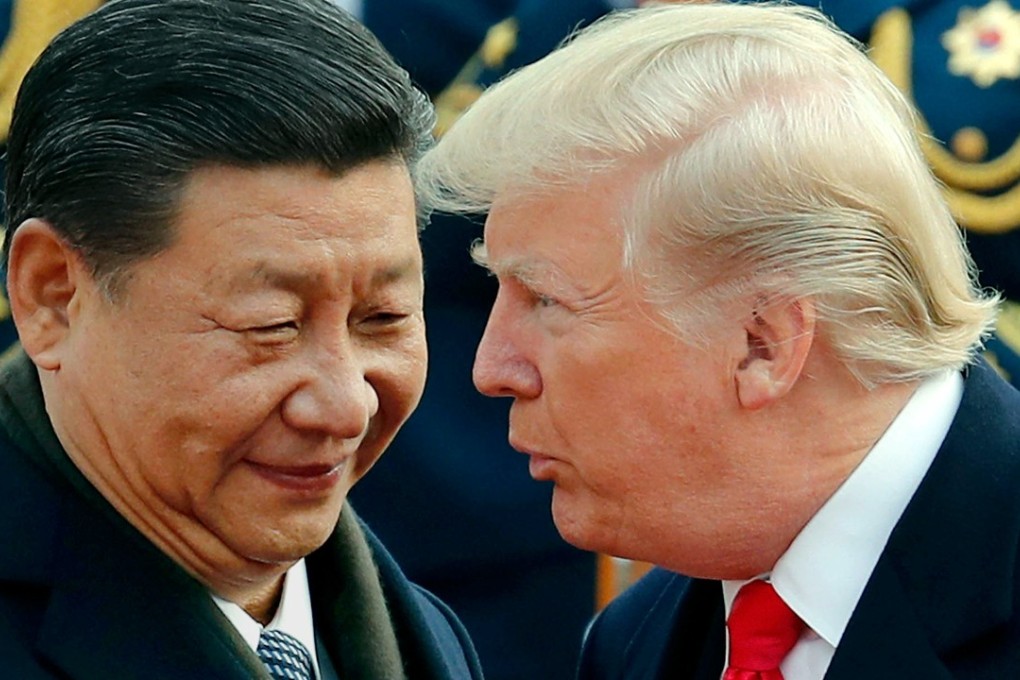Asian Angle | Donald Trump proves trade wars with China are good and easy to win
The US-China stand-off is over after both leaders sent top officials to hash out a deal that would end their quarrels over trade, investment and intellectual property rights

The trade row has now effectively been shelved indefinitely; the investment and IPR-related differences have been narrowed – indeed to the extent that the Trump administration now shares an important stake in the successful implementation of the international economic dimension of Xi’s third plenum reforms.

The trade war that Donald Trump threatened against China in March has not just been placed on hold – although official statements suggest so – it is for all intents and purposes over. And not a moment too soon. As early as June 2018, an action-reaction cycle of tariff increases involving more than US$100 billion of bilateral trade and aggravated investment restrictions could have broken out that would have counted global economic victims far beyond America and China’s shores.
Watch: China and US put trade war on hold

